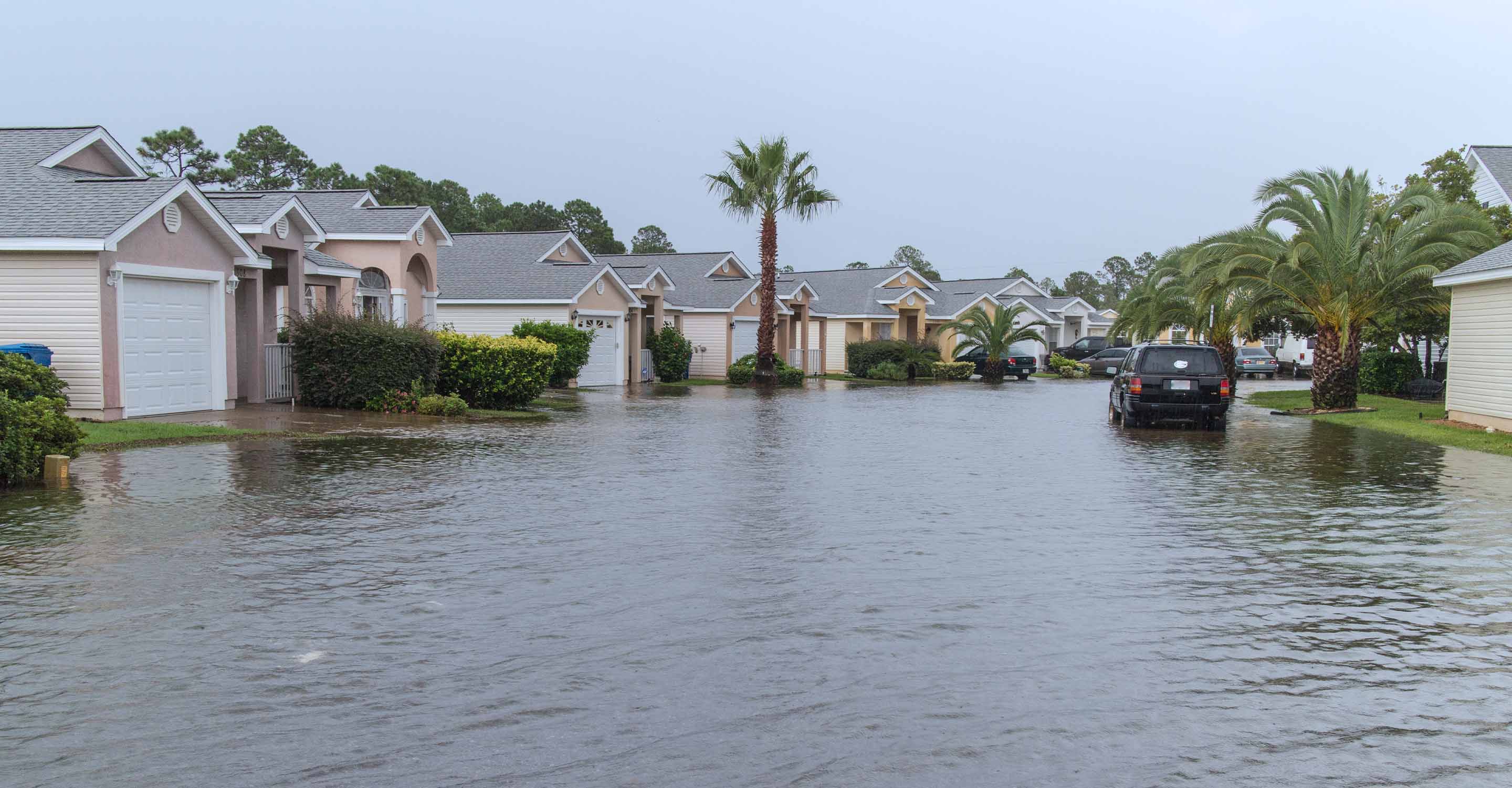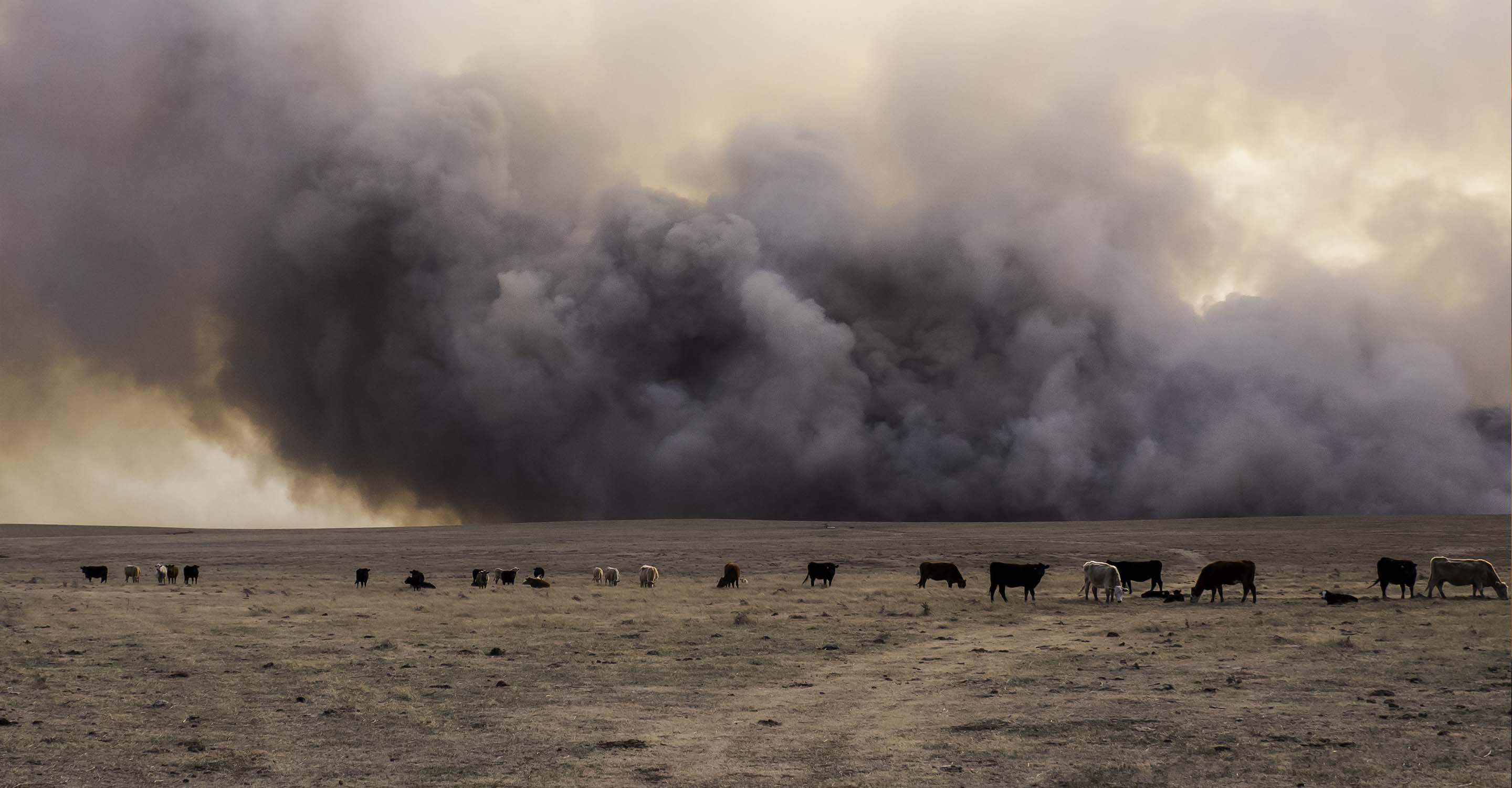Graz air quality map
Live air pollution map of Graz
48.4K people follow this city
Full screen
Contributors category
0
Government
0
Educational
0
Non-profit organization
0
Corporate
0
Individual
0
Anonymous
Station(s) operated by

*IQAir’s AQI data modeled using satellite data. Learn more
Health Recommendations
| Enjoy outdoor activities | |
| Open your windows to bring clean, fresh air indoors GET A MONITOR |
Graz does not have air sensor data
Be the first to measure and contribute air quality data to your community.
Understand air pollution and protect yourself
Graz MAP AIR QUALITY ANALYSIS AND STATISTICS
What interesting information about air quality can be seen on the air pollution map for Graz?
The air pollution map for Graz is very accessible from the main city page, merely by selecting the map icon will open a new page which is dedicated to air quality in and around the city.
One of the first things a viewer will notice is the overall colour of the map. This colour is linked to the current air quality, which is pale green and so indicates “Good” air quality. The available colours range from green to dark maroon with the darker colours indicating poorer quality air. These colours are standard throughout the entire IQAir website.
Another thing to take notice of are the number of coloured circles or discs there are on the map. These represent the location of the ground-level air monitoring stations. They carry the same colour system as mentioned and they also display a number. This number is the United States Air Quality Index number or US AQI for short. It is calculated by measuring the levels of six of the most commonly found pollutants in city air. They are usually both sizes of Particulate Matter (PM2.5 and PM10), ozone, nitrogen dioxide, sulphur dioxide and carbon monoxide. Once determined, this figure is used as a metric when making comparisons in air quality in different cities across the globe. It is fully endorsed by the World Health Organisation (WHO). If any area of the city is of special interest, the nearest disc can be selected and another page will open with more details about that specific area of the city.
Going back to the main city page it can be seen in the banner at the top of the page that Graz was enjoying “Good” quality air during November 2022. The US AQI reading was just 33. There were three main pollutants measured but PM2.5 remains the most significant. Its level was recorded as being 8 µg/m³ which is just over one and a half times the target figure of 5 µg/m³ as recommended by the WHO.
Immediately beneath the air pollution map for Graz can be seen the number of stations there are which provide the data about air quality. In November 2022, there were two stations both provided and operated by the local government, the Umweltbundesamt (Österreich).
Is it possible to see areas of higher air pollution on the air quality map for Graz?
Areas of higher pollution can be identified by looking for the disc with the darkest colour or the highest US AQI number. But perhaps the easiest way is to scroll down the page below the map where a table can be seen which ranks the stations according to their levels of pollution. Currently, the station at Graz - Nord Gösting is sitting at the top of the table with a US AQI reading of 33. Even though it is at the top of the table, the figure still represents “Good” air quality.
Below this list is another which ranks the stations according to the number of followers they each have. This station at Graz - Nord Gösting is also the most popular with 531 followers.
Are there any other interesting features to be seen on the air pollution map for Graz?
So as to get the full benefit of the available information from the air pollution map for Graz, the page needs to be viewed in full-screen mode. The icon to enable this can be seen at the top right of the screen.
Once viewed in this way, a list of four options will appear down the left-hand side of the screen. They can all be turned on or off in order to see what changes they make to the viewing experience.
The first option shows the location of all the monitoring stations which provide the data for air quality. Some may not be directly over the city but they still contain a lot of information about that specific area.
The second option reveals the location of any wildfires which may be burning in the vicinity. During November 2022, there were no such icons on the map which means there are no fires burning out of control. This is where the fourth option can be very useful as it shows the speed and direction of the prevailing winds. This can give a good indication of where the ensuing smoke might blow.
Option number three can be very dramatic as it changes the overall colour of the map to indicate the general air quality. If the colour is too distracting, it can be turned off and the map will then adopt a more subtle colour palette.
More information can be found on the right-hand side of the screen where a table will be found which ranks world cities according to their levels of air pollution. There are only seven shown by default but the page can be explored more deeply by choosing the “full-ranking” option.
Can the source of polluted air be seen on the air quality map for Graz?
The source of the polluted air is not directly shown on the air pollution map for Graz, however, as with most large cities Particulate Matter (PM2.5) is a problem. Particulate matter is produced during combustion processes. The main causes are the areas of industry, heating and transport. While the chimneys of factories and residential buildings are at great heights, in cities the fine dust particles from traffic are released into the air through the exhaust where people travel or live. It is all the more important to accelerate the phase-out of the combustion engine and the switch to emission-free drives.
There is also a need for more train and bus connections from the surrounding areas to the cities. Corporate mobility management is very effective in reducing traffic congestion and the air pollution it causes. Examples include Anton Paar GmbH, where employees receive an eco-bonus for every day that they come to work by bicycle, on foot or by public transport in a climate-friendly manner, and Knapp AG, which promotes the switch from cars to public transport and bicycles.
Another pioneer in Austria is Graz University of Technology, which wants to become climate-neutral by 2030. 40 per cent of its employees already cycle to work. Overall, the infrastructure for walking and cycling needs to be expanded and improved rapidly.








